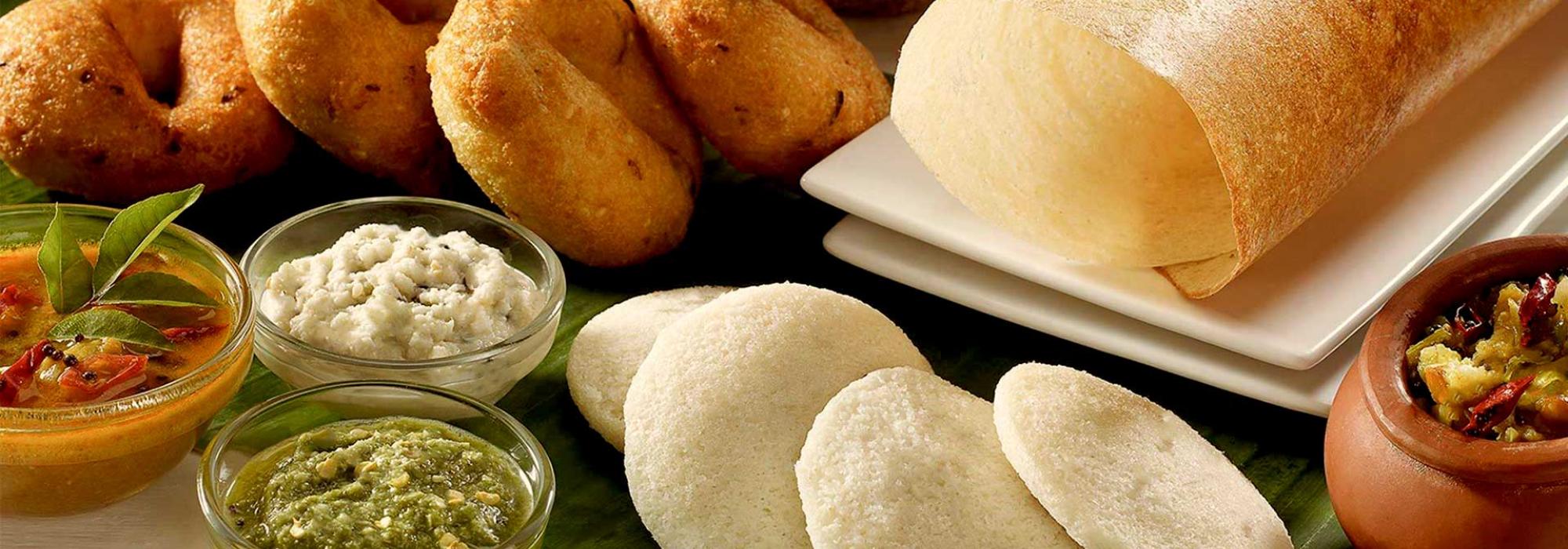Read Part 1: The Dawn of the Hotel Industry in Bangalore
Decamping
Before the food arrived to serve our turn, another person entered. My friend poked my elbow and said, “Your elder uncle is arriving.” The moment I heard those words, I stood up as if a scorpion had bit me and decamped from there. My friend followed me as well.
This “elder uncle” was a cousin of my father, akin to an elder brother. His name was Sheenappa. He hailed from Somattanahalli. I hadn’t seen Sri Sheenappa till then but had only heard his name. Sheenappa had taken bath and finished his Sandhyavandanam before coming here. His forehead was covered with Vibhuti. His hair, which was still wet after bath was dangling and held together with a knot. A Rumal over his head. A coat and silk cloth over his body. Rings on the fingers of both hands. He worked as a clerk in the Mandi—a huge one at that. Sri Sheenappa’s financial condition was quite good. He owned a house and some land. He was loud and aggressive by nature. Very traditional and orthodox. He used to perform the Suryanamaskara every Sunday. I learnt all these details much later.
There was a reason I ran out of the hotel the moment he stepped in: I shouldn’t be seen in a hotel by elders. This was the social norm of that period. Those who ate in hotels were regarded as uncultured, of a lesser rank; it was not good form – this was the public opinion in those days. The only people who would go to hotels were those who came from other towns and had no other accommodation; or those who like Sri Sheenaappa, were widowers. Hotel meals was not a mark of good conduct. This was the general social consensus of the period. I adhered to it.
After we both emerged from Venkanna’s hotel, we didn’t go too far away from it but hung around in the general vicinity. Fifteen or twenty minutes passed. After we saw our Sheenappa coming out, we went inside once again. Sri Venkanna asked us:
“Why did you scoot like thieves?”
We told the truth.
Sri Venkanna: “Oho! Is that right? Shall I tell Sheenappa?”
We were laughing by now. After that, it was our turn to eat the Dosas. It had a fine consistency. Both consistency and taste – aren’t these great qualities?
The System
Sri Venkanna’s hotel was divided into three parts using a canopy made of wooden planks:
- The first division was the front portion of the kitchen. It sported a notice that read, “for Vaidika Brahmanas only.”
- The second compartment sported a notice that said, “for Laukika [worldly] Brahmanas only.”
- The third read, “for non-Brahmins.”
Beyond the third compartment, a huge drum filled with water was placed on a stool. Next to it was a large bucket. On another stool was placed a newspaper containing Shikhakai powder and a scrap of old Dhoti. The Dosa patrons had to drop their leaves in the bucket. Then they would take a bit of the Shikhakai powder in their hand, open the tap of the water drum, wash their hands, and if they so wished, wiped their hands dry using the dhoti scrap. Then they would return inside and sit in their assigned places as before. Coffee would arrive now. While drinking it, the edge of the coffee cup should not touch the lips, it had to be lifted up slightly—the liquid should directly enter the mouth.
I’m not exaggerating in the least. Sri Venkanna was an extremely strict and systematic man. If anybody violated the aforementioned rule even slightly, he would be ruthless in saying, “Please take this cup and throw it there and come back.” Therefore, people who went there were those who discerned both taste and hygiene. His was not a “Janata” (mass) hotel.
Menu
Neither did Sri Venkanna aspire to attract “Janata,” or the masses. Excluding Sunday, only four or five people would come there for meals. Sri Venkanna wouldn’t entertain a sixth person. On Saturday afternoons, folks would come for some light snacks. Sri Venkanna would offer them two items of light tiffin, a [sweet] Rava laddoo, and Kodubale; or a spicy ball made of Moong Dal and some Ompudi; or [sweet] Sajjappa and spicy Avalakki [flat rice]. These delicacies would be exhausted by five in the evening. I’ve personally come back empty-handed even when I went there at 5:15 p.m. On Sundays—like I have described earlier—Dosa, Chutney and coffee were the only items on the menu: prepared only for a specific number of people.
Sri Venkanna’s friends would ask him: “Hotels are newly sprouting up in the city. Can’t you change your style of business?” I have myself heard Sri Venkanna’s reply: “This much of earning is enough to fill my stomach sir. Do you want me to lose my tradition and discipline by opting to earn more money? Whatever God has given me is more than sufficient.”
Competition of Dosas
After two or three years following the aforementioned period, a kind of competition occurred in the hotel business. A dispute regarding rates arose between a hotel near the Kalamma Temple and another in Chickpet. The first one advertised, “One Dosa and curry for six kaasu.” The other, “One Dosa and curry for five kaasu.” The six-kaasu guy reduced his price to four. In response, the five-kassu guy reduced his price to three. This went on for a couple of months. Then a news began to circulate: “You say that the Dosa in that fellow’s hotel is tasty. You know why? It contains egg.” After this sort of news began to spread, business at both places nosedived. This was a two-month-long chaos.
********
After this, the name that came to prominence in the hotel business was Sri K.T. Appanna’s Hindu Coffee Club.
Concluded














































